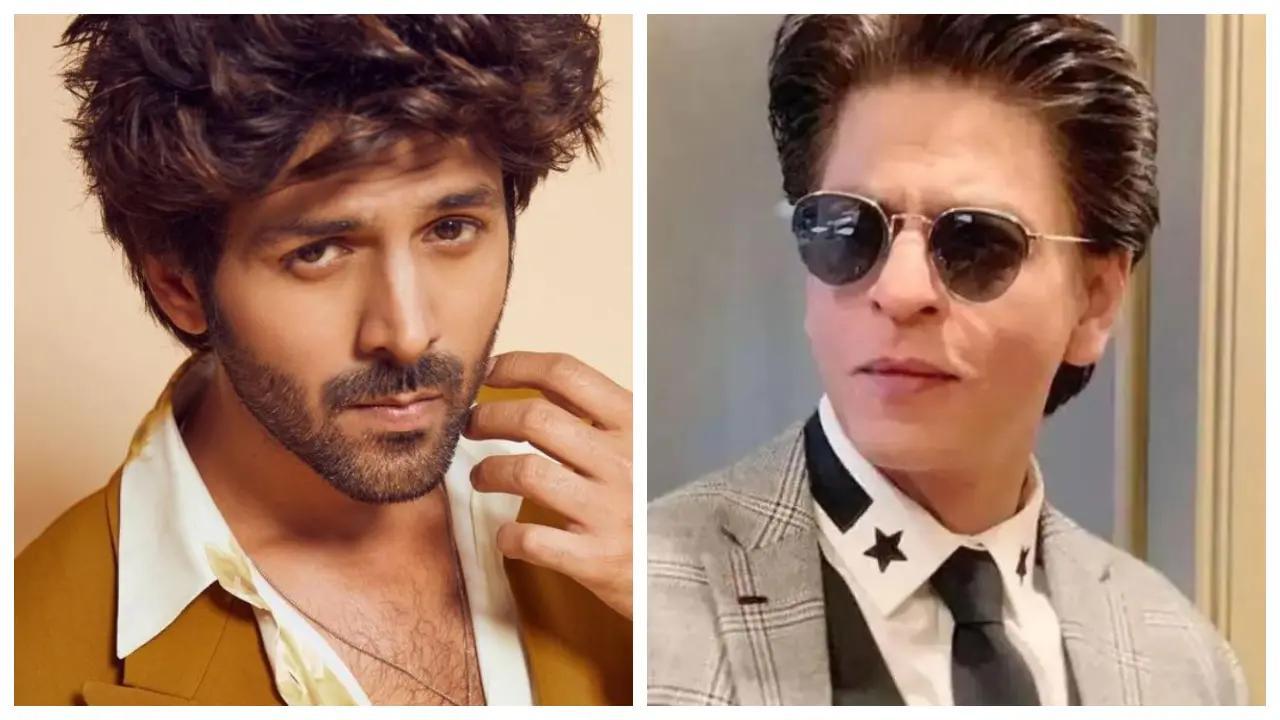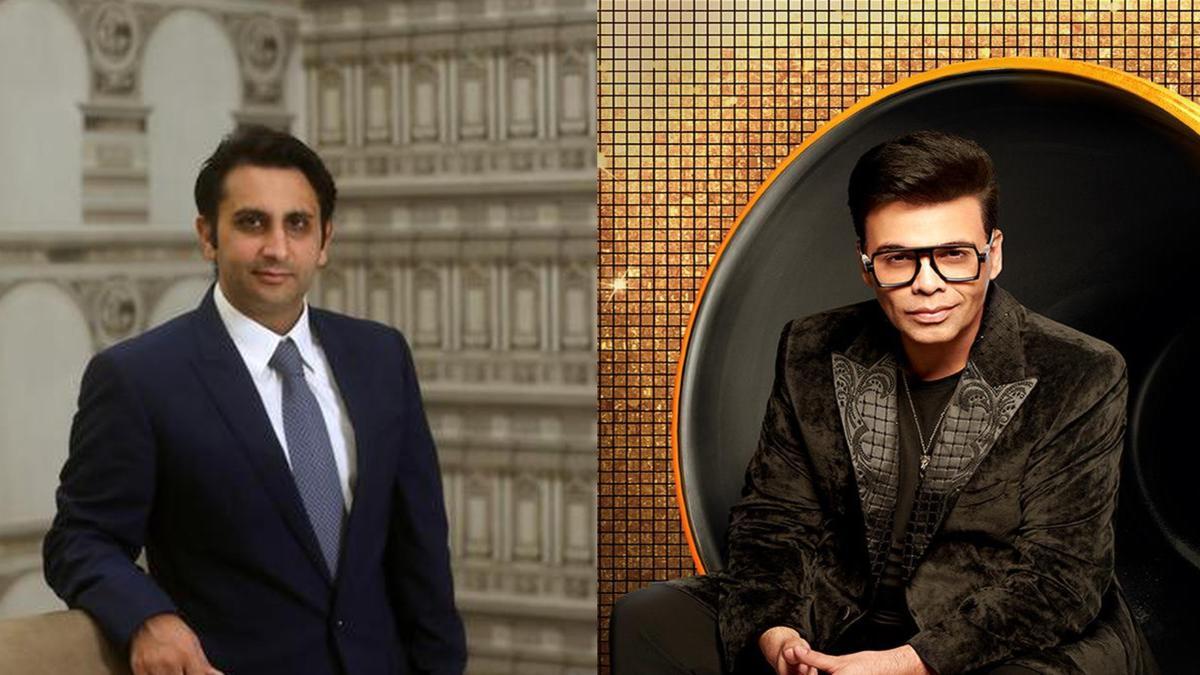
The narrative of Indian cinema’s ongoing clashes with censorship is both rich and intricate. Throughout the years, film journalism has largely expressed empathy towards this struggle, recognizing that restrictions on artistic and intellectual liberties are certainly unwelcome in a democratic society. In environments where regimes stifle or manipulate art, the free flow of information often faces similar hurdles. Given this climate, it would seem natural for the creators and commentators of culture to join forces in their advocacy for freedom. Surprisingly, though, this union is becoming increasingly rare.
Filmmakers and producers, who demand tolerance, transparency, and subtlety from governing bodies, often appear reluctant to extend the same considerations to the press. This widening division has been highlighted by several recent incidents. For instance, a major Bollywood studio’s decision to eliminate advance press screenings and copyright strikes against YouTube reviewers who post unfavorable reviews have underscored how film critics, journalists, and content creators are struggling to maintain their footing in an already congested media environment. The ability to provide candid and penetrating critiques of Indian cinema is under threat, with the fragile framework of good-faith disagreements showing signs of imminent collapse.
It is important to acknowledge the underlying reasons for the industry’s guarded stance towards the media. The advent of the digital age has blurred the lines between genuine criticism and malicious intent. On social media platforms, virtually everyone presents themselves as a critic or trade analyst. “Paid reviews,” while welcomed when positive, become problematic when wielded by competing camps or stars. Additionally, in an era marked by calls for boycotts and orchestrated controversies, even a casual remark by an actor can be distorted and disseminated online, potentially jeopardizing a film’s release prospects. Consequently, it is often deemed simpler to limit engagements altogether, favoring innocuous city tours and fan interactions over potentially contentious media encounters.
Both Bollywood and regional film industries have employed subtle and overt tactics to manage media interactions. Press conferences and promotional interviews are frequently conducted under tightly controlled conditions, promoting praise and frivolities while maintaining a strict focus on film-specific questions. Attempts to broach significant or political topics often result in backlash from the numerous public relations teams that oversee these events.
. Streaming platforms increasingly prefer conducting interviews on their own terms, enabling them to edit out any inconvenient or controversial statements during post-production. Additionally, actors maintain an apolitical stance even when involved in overtly political films.
In a landmark move, the police in Kerala recently initiated legal action against online film reviewers and certain social media platforms regarding negative movie reviews. This situation underscores the broader challenges within the entertainment media landscape. As actor Abhay Deol pointed out in a 2021 interview with Gulf News, many reviews originating from India can be political and commercially motivated. “Reviewers and critics have lost their credibility,” he remarked. The issue is not solely monetary; access to movie stars itself is leveraged as a form of currency. Provocative and sensational commentary often overshadows nuanced insights. It is telling and somewhat amusing that Indian televised award shows typically feature a separate “critic’s” category, implying that the main jury is subject to commercial influences.
So, in such a volatile atmosphere, do filmmakers, production houses, and streaming platforms have the right to safeguard their interests? Certainly, they do. However, indiscriminately restricting the press is not a viable solution. High-profile releases, driven by spectacle and star appeal, will attract audiences regardless of reviews. In contrast, smaller, independent films heavily rely on positive critical buzz pre-release. Fair, insightful cinema criticism requires time and thoughtful deliberation, and rushed reviews done in the frenzy of a typical Friday release lose their depth and quality.
Ultimately, great art inspires rich commentary, as it always has. If the film industry is indeed experiencing a “credibility crisis,” as has been speculated recently, it can start to remedy this by fulfilling its obligations in this delicate ecosystem. This includes promoting open dialogue and maintaining a robust exchange between filmmakers and critics, ensuring the vibrancy and authenticity of both creations and criticisms are upheld.










